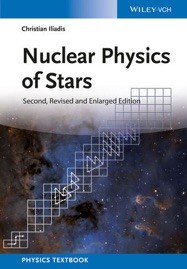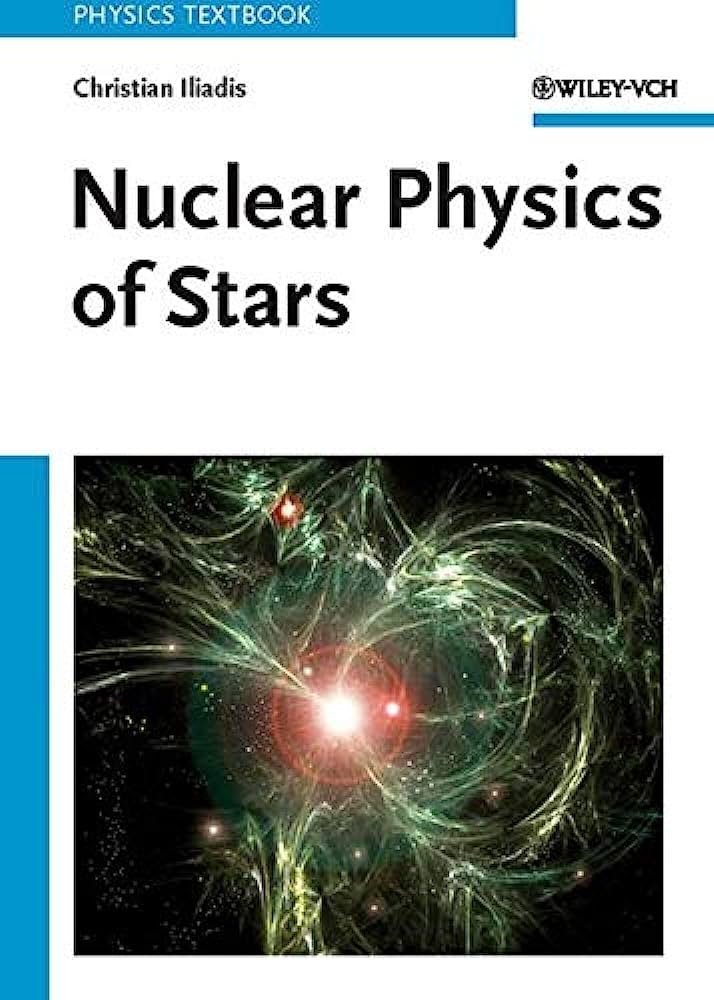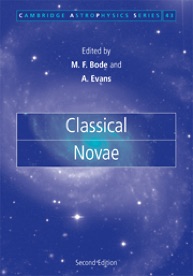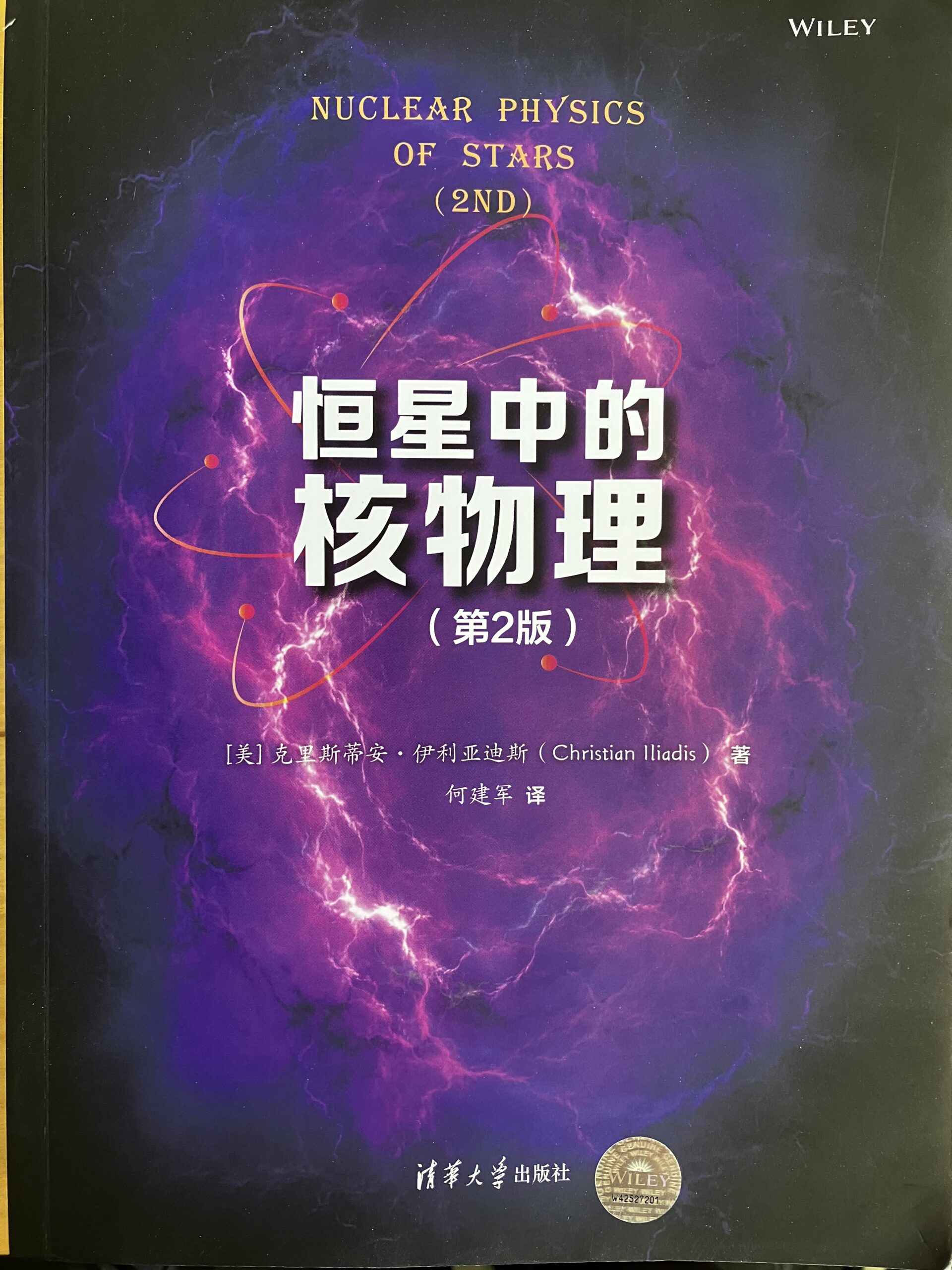OVERVIEW
Our group performs research in experimental, computational, and theoretical physics:
First, we measure these nuclear fusion reactions with our facilities based at the Triangle Universities Nuclear Laboratory (TUNL). Direct measurements of the nuclear fusion reactions at low bombarding energies below 1 MeV are performed using the ion accelerators at the Laboratory for Experimental Nuclear Astrophysics (LENA). Indirect measurements are performed using incident gamma-rays from the High-Intensity gamma-ray Source (HIgS) facility. Both of these facilities are world-record holders in terms of their ion beam or gamma-ray beam intensities.
Second, the data need to be modeled numerically. We have recently developed new techniques based on Monte Carlo simulations and on Bayesian inference to reliably extract the information of interest (i.e., thermonuclear reaction rates). We built and maintain a state-of-the-art nuclear physics numerical library for stellar computer models, called STARLIB.
Third, we use STARLIB to study theoretically the nucleosynthesis and nuclear energy production in many different stars, including red giants, AGB stars, massive stars, classical novae, and supernova shocks.
At the top of the page are shown: (i) the textbook “Nuclear Physics of Stars” [first (2007) and second (2015) English editions, and the Chinese (2023) edition]]; (ii) a review article on nuclear astrophysics (“Nuclear Astrophysics: the Unfinished Quest for the Origin of the Elements”); (iii) a book chapter on classical novae; and (iv) a special issue of a research journal containing our 2010 evaluation of thermonuclear reaction rates that is used for computer simulations of stars. For an introduction to nuclear astrophysics on an undergraduate level, see Introduction to Nuclear Astrophysics. More detailed information on current projects for interested graduate students and postdocs is given below. Our research is mainly funded by the U.S. Department of Energy.
The origin of the elements, based on latest research (up to 2018), is indicated in this Periodic Table of Elements.
RECENT RESEARCH








